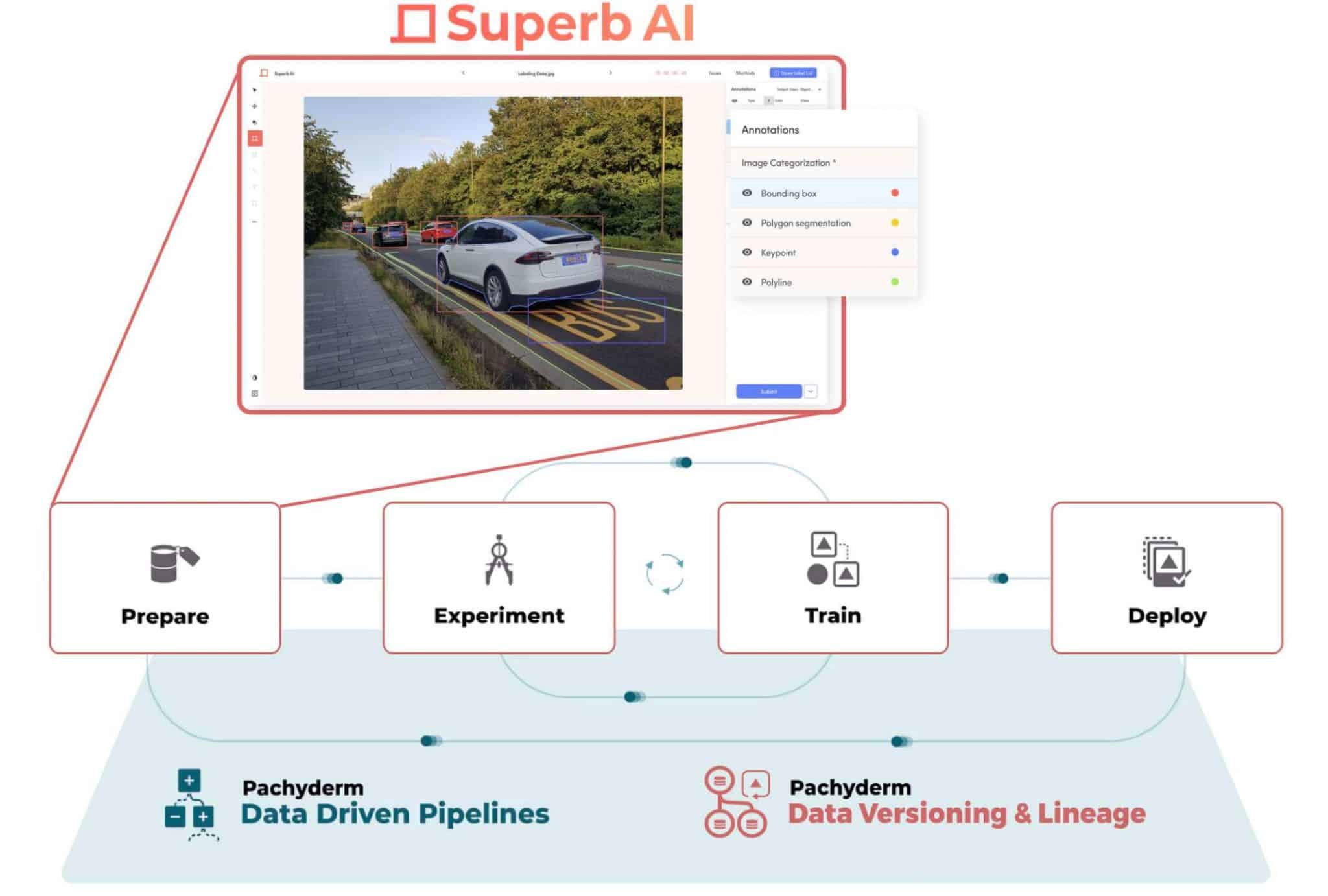As the role of AI and machine learning in business becomes more mainstream, product and technology teams are looking at the ways ML can scale and improve operations. Many leaders are still apprehensive about making the leap—after all, implementing machine learning systems requires significant resource investment and risk.
There are many routes to a functional machine learning program that delivers continuous competitive advantage, some more successful than others. While it is true that machine learning success must build over time, with frequent iteration and experimentation, a strategic approach ensures a company’s first foray into machine learning is more likely to be effective.
One way to address the dilemma and alleviate the unease is to demonstrate the value of machine learning programs early in their lifecycle. In addition, it’s crucial for teams involved to connect ML project outcomes to business goals and communicate these to the rest of the organization.
1. Go Slow So You Can Go Fast
Your testing and pilot stages are most likely to succeed when approached as foundational to all of your future machine learning programs. Pioneer companies like Google, Uber, and Amazon spent years incubating, testing, and developing ML algorithms to solve repetitive tasks and complex problems. What looked like overnight success was years in the making.
The good news is that these trailblazers’ development and operational learning have reduced the machine learning deployment lift for companies implementing it today – thanks to them, you don’t have to reinvent the wheel. For example, Pachyderm has built a tool to help guide teams in building their machine learning stack.
A practical architecture planning phase leads to stable production deployment, allowing your teams to build functional programs in full release instead of struggling through the ups and downs of an ad-hoc technology stack.
2. Connecting ML Projects to Business Initiatives
Whether the outcomes have an internal or external effect, the results from early machine learning must logically connect to KPIs. This way, your team can demonstrate the value of machine learning for strategic decision-making, both in the quantity of data processed and the time and capacity value of automation.
Machine learning in business operations takes many forms, but it harnesses large volumes of collected data to establish correlations and gain invaluable insights at its core.
Harnessing this potential is exciting – be very clear about how machine learning will connect to your one-, five-, and ten-year goals.
Early machine learning projects should leverage your most reliable data sources to affect a concrete metric. A measurable impact speaks for itself and builds your case for expanding machine learning programs in your organization.
Machine Learning Projects for Building Competitive Advantage
-
-
- Recognize product trends to improve recommendations for shoppers on your e-commerce website: tracking correlated purchases to drive higher average order value (AOV)
-
- Detect software engagement patterns to predict potential customer loss: Find customer behavior that indicates intent on churning and use early-stage patterns to activate your retention team, reducing churn.
- Understand internal tool usage patterns to improve UI and reduce errors: Using internal software engagement history to understand hidden causes for mistakes and delays. Enhance workflows to reduce average task time and error rates.
-
Using machine learning to solve actual problems, such as high churn rates or sales growth opportunities, allows you to weave these into the bigger picture of how ML operations can address future issues.
The right MLOps stack can be mighty if you have unstructured data that is hard to leverage in traditional business intelligence tools. Containerization, parallelization, and data versioning can reduce compute time and costs for processing unstructured data.
3. Using Tools That Accelerate Time to Value
Optimizing the value of machine learning in business requires sophisticated data orchestration: breaking down data silos, providing cross-functional access to ML tools, and implementing the proper governance controls to ensure data quality. While our first point is Go Slow So You Can Go Fast, once you’re ready to use machine learning more widely in your organization, value comes from the ability to move fast.
This is where operationalizing your machine learning can drive long-term success and the internal adoption of ML. Another team’s data-driven solution to a company’s initiatives requires stakeholders to share access, information, and functionality for data, pipeline, and model management. Democratizing your data is crucial to deriving value from machine learning at an organizational rather than team level.
Including teams outside of data engineering enables your machine learning program to influence a broader range of business priorities and use cases than you would have built alone – keeping your engineering team engaged in solving more diverse and exciting problems.
Build a Strategic Machine Learning Program
A robust strategic foundation is crucial to machine learning’s long-term success like any other business program. And tapping Pachyderm is a great way to start.
Go beyond software features and developer skillsets in leveraging machine learning. Book a product tour today to learn more about driving the value of machine learning in your organization with Pachyderm’s collaborative, flexible ML pipelines.


